A strategic approach to relocation may seem a little excessive, but implementing the best packing strategies for moving really makes the whole process much easier. It is not only about the physical labor of packing your belongings for transport, but also about when to pack which belongings as we need some of them right away and some can be unpacked later or left in storage facilities.
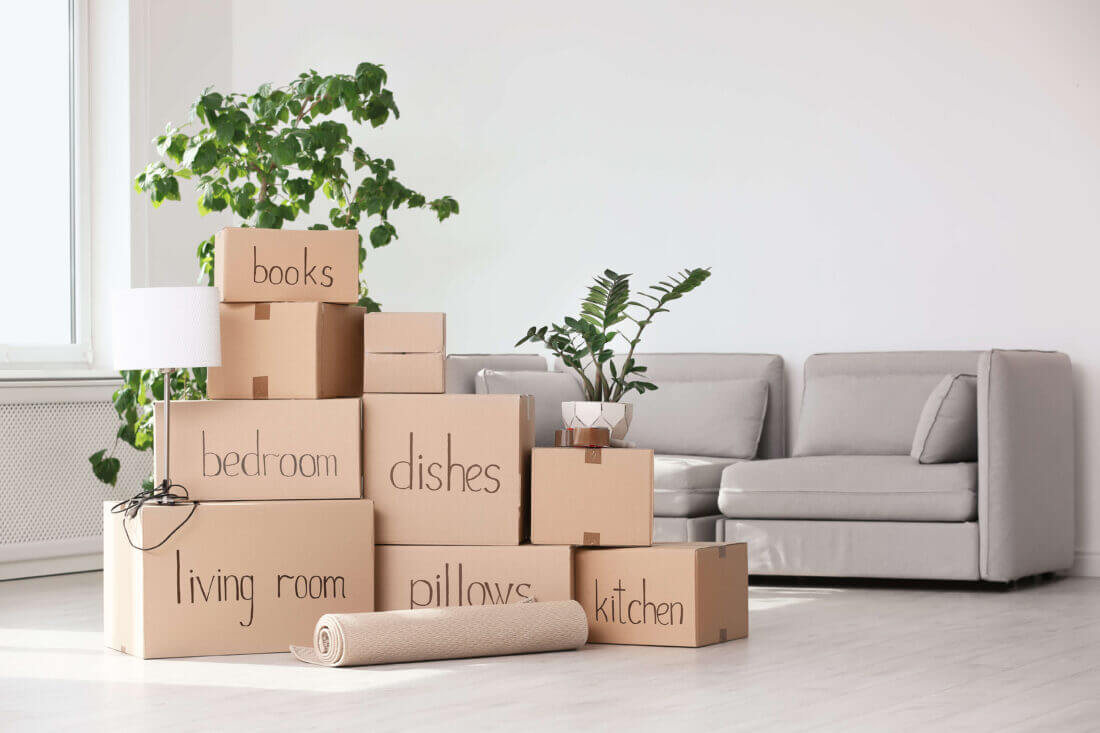
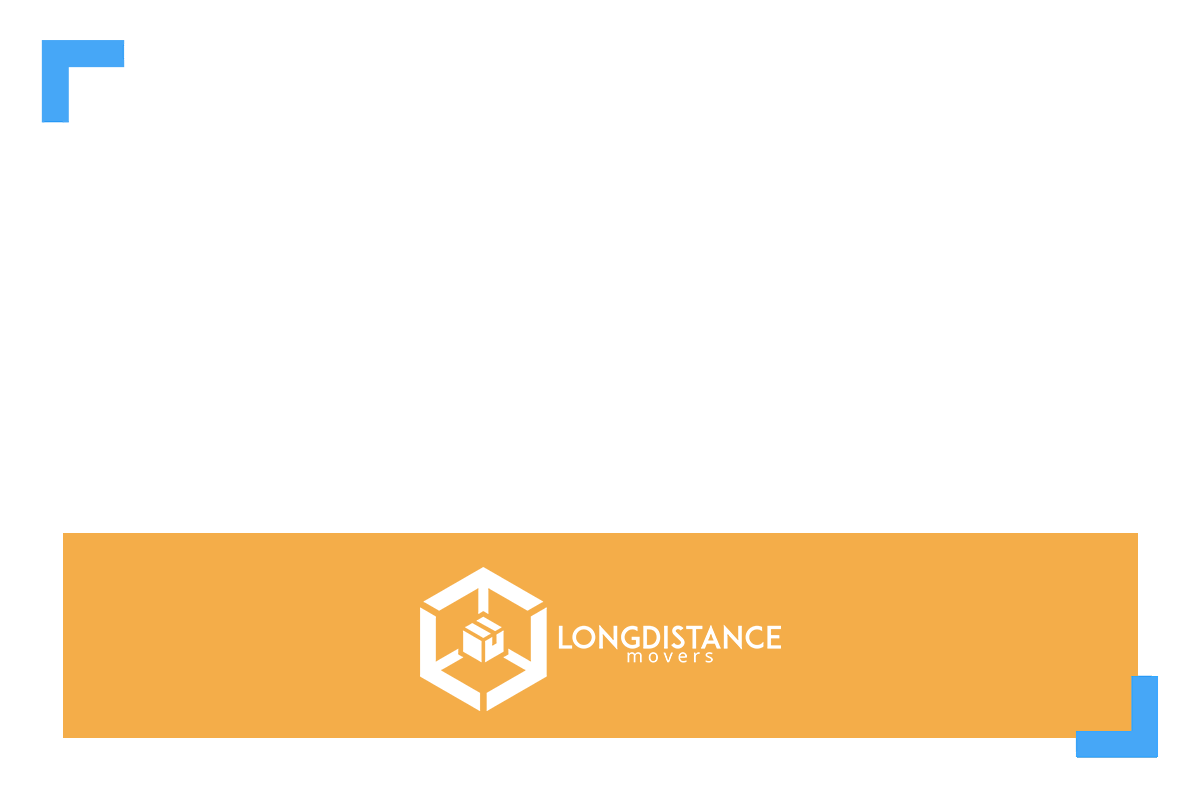
Packing Strategies for Moving – Best Tips
There are many tips you can implement into your strategies. Paintings, books, and decorations are things that need to be packed first but loaded into the truck the last. That way, they will be unloaded first and placed at the bottom of a pile. You can pack them weeks in advance.
Pillows and lightweight clothes can be packed in large packages or even in garbage bags, as they can serve as cushions between the things in the truck. But heavier things like books must be packed in smaller packages so that you can lift them.
Get Boxes
You need a variety of boxes. A good tip is to get some small ones from a bookstore or grocery shop. You can also get specialized ones for delicate belongings and heavy appliances that require reinforced bottoms.
Prepare Your Moving Boxes
One of the most useful tips is to create an estimate of the box number you will need and their size. Once you have obtained them, select the ones you need to reinforce with tape and strengthen the bottom with multiple layers.
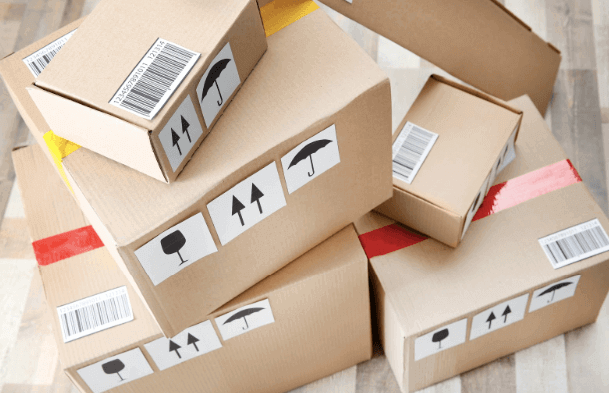

Get Proper Supplies
Before you start, you need to get boxes and packing supplies to secure and transport your things. You can surely save money by getting some for free at a grocery store, but you still have to obtain the durable ones for some heavy and fragile stuff like electronics and fine china. You will also need bubble wrap, tape, and moving blankets. The crumpled paper may serve as alternative padding material for foam peanuts. But peanuts are designed for that purpose, so consider using them, especially for decorative objects that often come in odd shapes.
Don’t Use Cheap Supplies to Pack Your Stuff
You can utilize materials that you’ve obtained in the stores, but you will still need some specialized boxes, especially for heavy and fragile things. If you have not kept the original packages of your electronic appliances, you also have to use proper moving containers. Packing tape shouldn’t be replaced with duct tape, as it will not hold the heavy ones together.
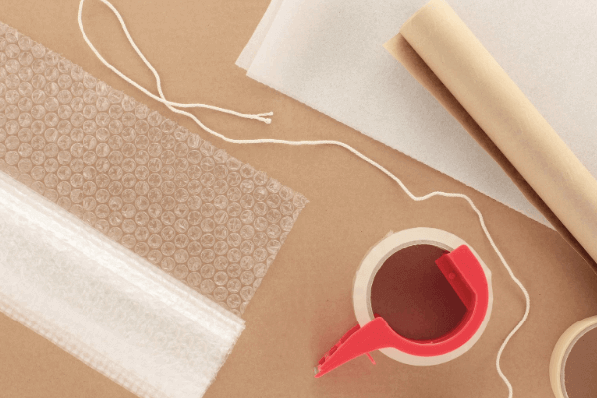

Wrap Your Items
All belongings, fragile or not, must be properly wrapped as they are susceptible to damage and dirt. Also, the insides of the packages need to be cushioned to prevent any shifting of their contents during the transport.
Employ Packing Paper and Bubble Wrap
Make sure you get enough bubble wrap and paper since they protect your belongings from potential damage during the loading and unloading, but also during the transport. The paper should be placed first to prevent the bubble wrap from sticking to the surfaces of your stuff. Bubble wrap is an excellent isolator against vibrations that occur during the transport, so be generous with it.
Go from Room to Room
It is best to pack the things room by room and unpack them the same way. It will greatly reduce the mess inside your house and leave the impression that things are getting done. Furthermore, you will have at least one room to rest in as you unpack.
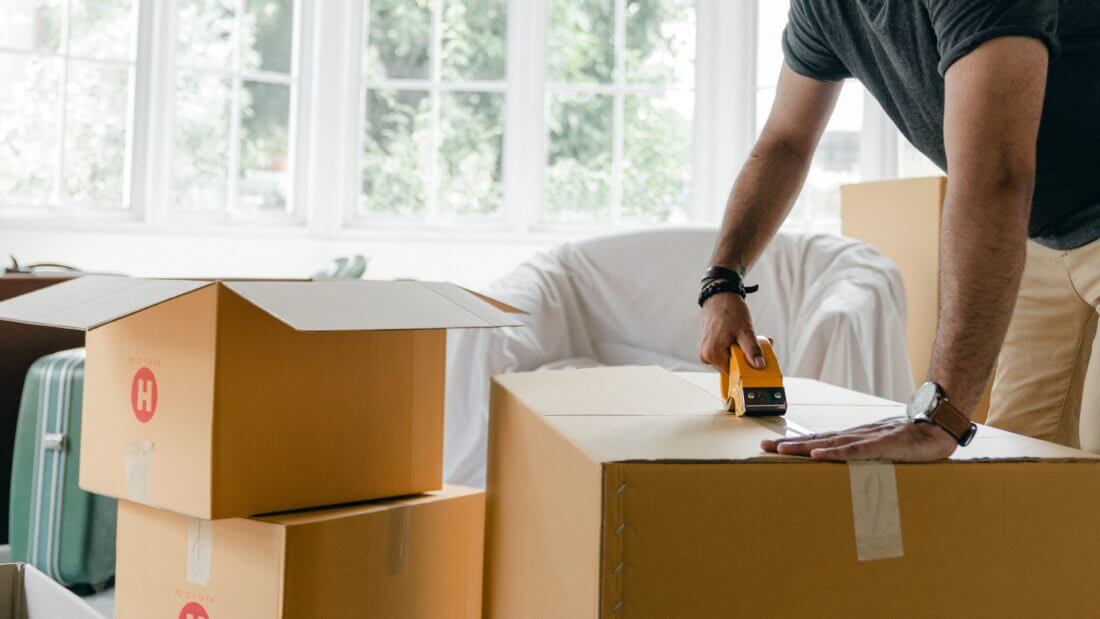

Pack Least Used Items First
You should begin by putting paintings and decorations and other rarely used things in packages, like the ones kept in your garage or attic, and then proceed with the books and DVDs/CDs. But remember to load them last, so they are unloaded before other packages and kept behind while you unpack the essentials first.
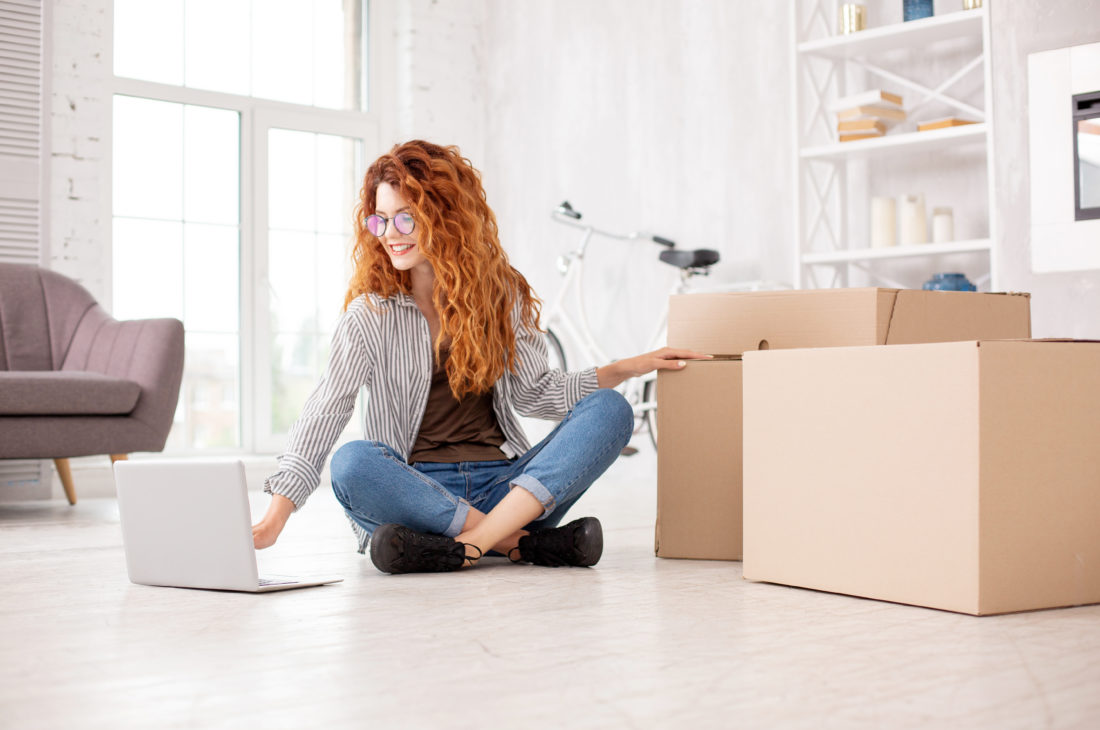

Bring the Essentials
Things you will need as soon as you arrive at your new destination are:
- cleaning supplies
- bed linen, duvet, and pillows
- pajamas, slippers, towels
- toiletries, including toilet paper, paper towels and garbage bags
- spare clothing
- cell-phone chargers
- laptop
- medications
You should also pack the basic utensils and cutlery (glasses are a priority). You can place them in suitcases or even better in clear plastic containers, so you can easily access the things you need straight away. Make sure the box cutter and basic tools are within reach as well.
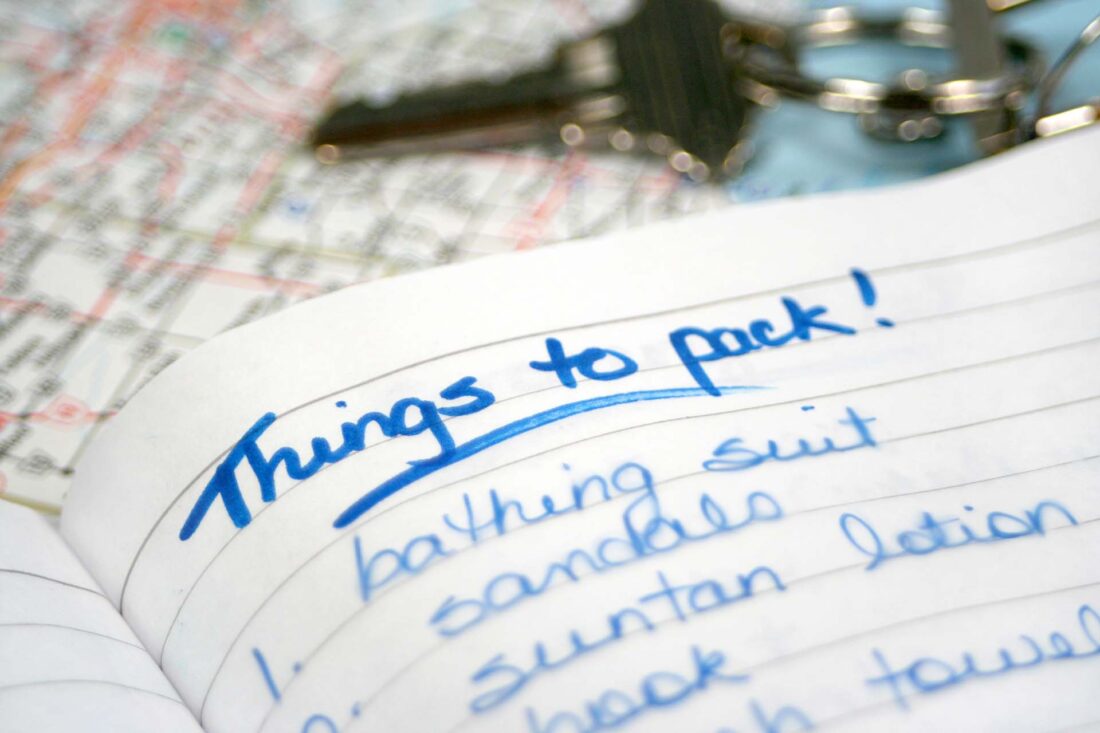

Carefully Prepare Fragile Items
Breakable belongings have to be wrapped carefully in paper and bubble wrap or in towels, blankets, and clothing. You have to place these cushioning materials both inside and around the delicate objects. Then place your belongings in a box, filling the gaps with additional padding material.
Plates need to be placed vertically. If you are packing expensive fragile things, you should consider hiring professional movers as they come with insurance. But you need to pay for professional moving services and movers as well because they will not accept responsibility for appliances not packed properly in their original packages. And bear in mind you have to hire them in advance.
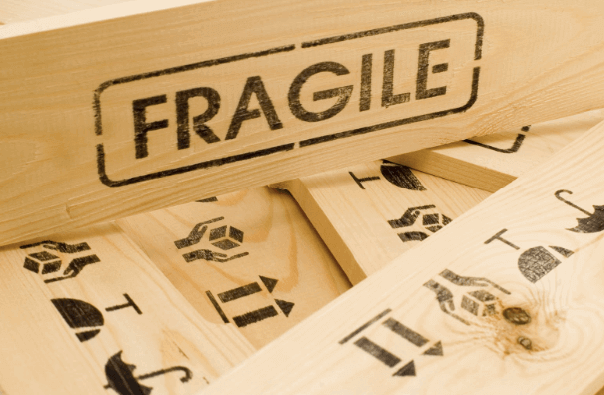

Label Your Items and Boxes
It is advisable to label each item to make the unpacking process easier. Label each box according to the room it belongs to and write down other useful inscriptions such as “Fragile”, “Up” and “Down.” It would also come in handy to create a list of contents.
Create a Labeling System for Each Room
Label the room doors in your new place, so movers would know where to place the corresponding packages. It is best if you use the matching colored labels on the packages and room doors.
Label on Each Side
Each box should be labeled on the top and certainly on two sides for better visibility.


Photograph Everything in Your Home
Before dismantling your appliances, photograph the complicated network of cords at their back for easier assembling later.
Take photographs of your old home before leaving and the new one before moving in. It will protect you from having to pay extra for damages someone else made or from not getting your deposit back.





